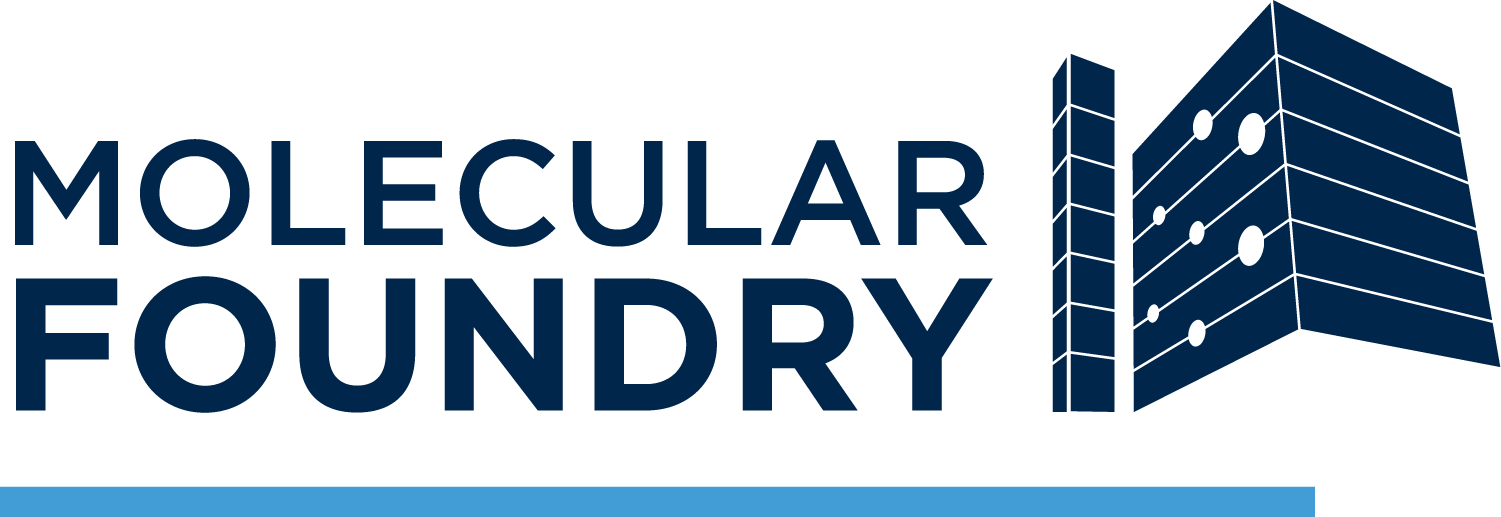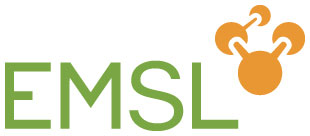About
Our Mission
The ETEM Catalysis Consortium (ECC) provides researchers at Pitt and beyond with managed and comprehensive access to the cutting-edge in situ electron microscopy tools and catalysis expertise needed to address the critical challenges in catalysis science.
Transmission electron microscopy (TEM) offers the unique ability to directly characterize the structure and chemistry of materials from micron- to angstrom-scale through a host of imaging, diffraction, and spectroscopic techniques. Unraveling the complex relationship between the structure of a nanocatalyst and its catalytic properties -- necessary for the development of predictive catalysis design -- requires time-resolved visualization while under operational conditions, since the dynamic state of these catalysts cannot generally be inferred from static post mortem examination. In situ capability also enables creating and examining interfaces where one or more sides are not solid: e.g., solid/gas, solid/liquid, and liquid/gas.
Dynamic systems need dynamic characterization: environmental TEM (ETEM).
Pitt is home to one of only a handful of ETEMs in the US. The ECC serves as an interface to these unique and powerful instruments available at Pitt and ECC partner sites. Dedicated technical staff, experienced in both TEM and catalysis, aid customers interested in ETEM in designing and carrying out experiments. Assistance with data analysis and consultation on projects is also available.
As the ECC grows, we are constantly expanding our offerings, particularly with the goal of complementing our extensive in situ microscopy characterization with computational modeling and reaction engineering support.
About the ECC
The ETEM Catalysis Consortium (ECC) officially opened its doors in January 2018, to serve the catalysis research community by providing managed and comprehensive access to the cutting-edge in situ electron microscopy tools and catalysis expertise needed to address the critical challenges in catalysis science.
The microscopes employed by the ECC are housed in and maintained by the Nanoscale Fabrication and Characterization Facility (NFCF), part of the Petersen Institute of Nanoscience and Engineering (PINSE). Initial funding for the ECC has been generously provided by the Swanson School of Engineering (SSOE) at the University of Pittsburgh and Hitachi High Technologies America, Inc.
Acknowledgments
Proper acknowledgement of ECC contributions is crucial to our continued support and enabling us to expand the services and capabilities the ECC can offer. Please use the guidelines below for attributing ECC efforts and do not hesitate to contact us if you have any questions.
Publications
All published work resulting from use of ECC services should carry the following acknowledgement, regardless of whether ECC staff are included as authors:
“This research used resources of the Environmental TEM Catalysis Consortium (ECC), which is supported by the University of Pittsburgh and Hitachi High Technologies”
Any ECC scientist who made significant contributions should be included as an author and will expect to review the paper before its submission to a journal.
Talks and Posters
When presenting work generated, at least in part, through the ECC, please include one of the ECC logos, which can be downloaded [HERE].
ECC Partners
When a project’s needs exceed the capabilities of the equipment at Pitt, the ECC can draw upon a nationwide consortium of ETEM partner facilities:

National Center for Electron Microscopy (NCEM)
Lawrence Berkeley National Laboratory (LBL)

and
Electron Microscopy & Nanostructure Group
Brookhaven National Laboratory (BNL)

University of Washington

Pacific Northwest National Laboratory (PNNL)

Synchrotron Catalysis Consortium (SCC)
Eyring Materials Center
Arizona State University
